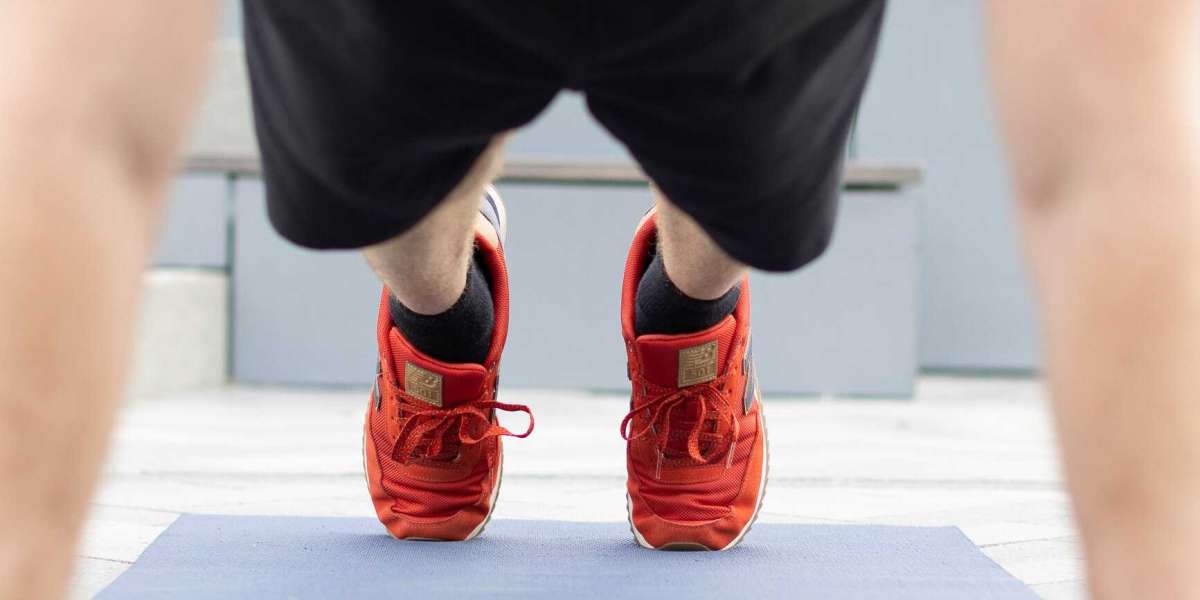History of heart rate monitors and fitness bracelets
The Long History of the Pedometer
Since the 16th century, humanity has known about devices capable of counting the number of steps taken. Leonardo Da Vinci once drew a sketch of it. But a patent for it was only received in the 20th century. By the way, the original purpose of step meters was very far from sports. In Leonardo's time, pedometers measured the distance covered by an army during a day's march.
In the 1960s, in Japan, as in many countries around the world, people began to increasingly face obesity. Excess weight became the cause of diabetes, an increase in heart disease, and vascular pathologies. Dr. Yoshiro Hatano from Kyushu University of Health and Welfare, as a result of his own research, came to the conclusion that the cause of the problem was a sedentary lifestyle.
As an incentive to move, another Japanese, Jiro Kato, developed and released the first pedometer, Manpo-kei, to the market. This device looked like an onion clock, and its design worked on the principle of a pendulum that responded to steps. All this was supplemented by a simple counter. The pedometer was worn in a pocket or on a belt, and it was advertised as a universal item for representatives of any profession.
In the 1960s, in Japan, as in many countries around the world, people began to increasingly face obesity. Excess weight became the cause of diabetes, an increase in heart disease, and vascular pathologies.
Dr. Yoshiro Hatano believed that the average person should walk 10,000 steps a day. The pedometer would notify the owner when this result was achieved. Interestingly, the Japanese Ministry of Health, as well as the British National Obesity Forum, still recommend walking exactly this number of steps. This figure is set in many modern pedometers and devices that are equipped with this function.
Hatano got this indicator by simple calculations. According to his data, the average Japanese person takes 4,000 steps a day and overeats 300-400 kcal during the same time. 10,000 steps a day burns about 500 kcal, and this is enough to restore the balance.







